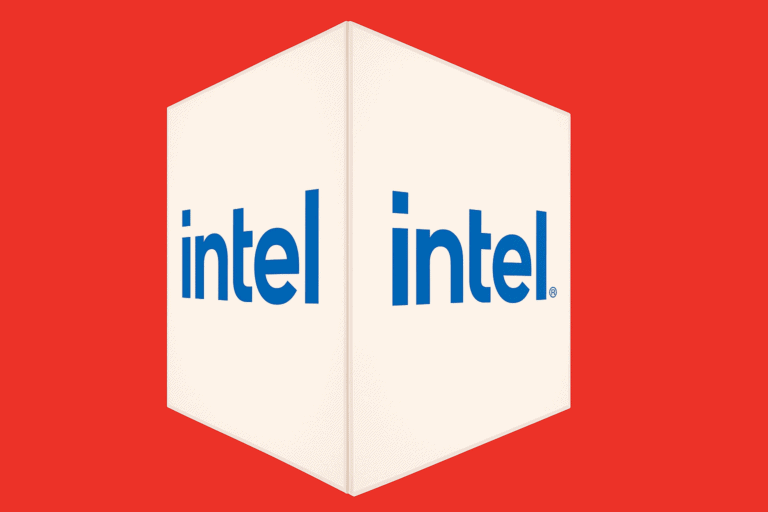This week, CEO Lip-Bu Tan will announce a drastic reorganization at Intel. This will result in a reduction of 20 percent to the current workforce of approximately 110,000 employees. Intel’s new CEO is targeting bureaucratic layers he deems unnecessary. A logical choice, it appears.
Bloomberg is citing a single source with knowledge of the matter. It is therefore possible that the final percentage will be different, or that plans are still in flux. We also do not know exactly what the reorganization will look like, or indeed which divisions will be hit hardest. What is certain is that Lip-Bu Tan’s mandate is to get the ailing chipmaker back on its feet. A staff reduction, which would be Intel’s second major reorganization in a year, needn’t surprise anyone.
In his first public statement as CEO, Tan spoke of “The New Intel,” a company focused on technical matters and a close relationship with customers. “Under my leadership, Intel will be a company focused on engineering. We will push ourselves to develop the best products, listen closely to our customers, and hold ourselves accountable for our commitments,” he told employees back in March.
Managers, managers
We reported earlier that Lip-Bu Tan initially continued Pat Gelsinger’s course. They have indeed proven to be an initial approach. We’re not surprised that the new CEO will gradually implement changes and make some headline moves to shake the ailing chipmaker up. A well-known problem at the company is that it reportedly has many more management layers than its peers such as AMD, Nvidia, or Broadcom.
With its share price falling again (partly due to the turmoil surrounding import tariffs), Intel will also be keen to score a win for shareholders. Downsizing is usually a stock market hit, even if it is sometimes disguised as “AI-driven” cost savings to bolster innovation claims. The fact is that Intel is trying to wear many hats. It could be argued that it’s the most complicated semiconductor company on Earth. This is in stark contrast to some of its industry colleagues. Whereas Lip-Bu Tan’s former employer Cadence Systems focuses on chip design software, TSMC on chip manufacturing, and Nvidia on designing GPUs and related infrastructure, Intel has perennially attempted to be a jack of all trades. Intel Foundry, for instance, manufactures both Intel’s own chips (though not always) and those of others, while also manufacturing desktop, laptop, and server processors, as well as FPGAs and GPUs, among other things.
That diversification sounds like a good idea, but perhaps not for a top-heavy company like Intel with enormous expenses. It currently lags behind AMD and Nvidia in terms of performance and efficiency, ignoring some edge cases. It is also still playing catch-up with TSMC in terms of chip manufacturing. The question is whether it’s realistic to do all of these things and do them well. Lip-Bu Tan’s answer seems to be a resounding ‘no’.
The plans
The impending intervention seems to align with the course Lip-Bu Tan has recently said he would set. Shortly after taking office as CEO, he announced plans to cut management layers to bring the leadership team closer to the engineers. In that reorganization, key chip divisions were placed directly under his responsibility, bypassing several management layers.
Tan was appointed CEO in March following the departure of Pat Gelsinger, who struggled with his own attempts to put Intel back on the map. Gelsinger had devised a costly plan to expand Intel’s manufacturing network and transform the company into a chip manufacturer for external customers. Given this plan has resulted in Gelsinger’s (polite) removal, it’s safe to say the so-called “IDM 2.0” strategy has failed. It may yet turn out to have been a good strategy, but we could be waiting for a decade to really make a judgment.
Meanwhile, Intel has delayed many of its expansion plans, including projects for a large facility in Ohio. The chipmaker also missed the boat in the lucrative field of AI chips, where Nvidia now dominates the market. TSMC remains supreme when it comes to chip production, and a partnership does not appear to be on the cards. Rumors about a possible collaboration with TSMC were recently denied by the Taiwanese chip manufacturer.
Challenging future
The coming quarters will show whether Tan’s strategy is paying off. In any case, he seems realistic about the scale of the challenge. In his first public appearance as CEO last month, he said that recovery would take time and that it would not be easy. That’s an understatement if you ask us.
“It won’t happen overnight,” he said. “But I know we can get there.”
